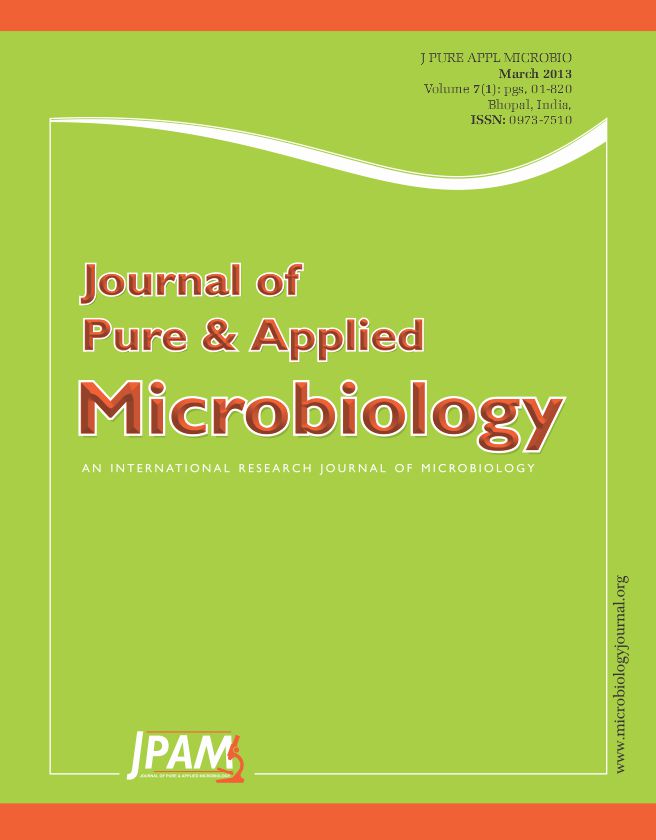A bacterium Staphylococcus cohnii AP-CMST, capable of producing lipase was isolated from the gut of marine fish Sardinella longiceps. The lipase production was investigated in solid-state fermentation experiment using anchovy processing wastes. The time course for lipase production inferred that 72 h was the optimum duration for higher lipase production. Effect of carbon and nitrogen sources supplementation on lipase production revealed that sorbitol and beef extract aided the higher lipase production than the other tested carbon and nitrogen sources. The suitable surfactant and triglyceride observed to increase the lipase production were poly ethylene glycol and palm oil respectively. Effect of trace elements on lipase production showed that only calcium chloride and magnesium sulphate have the inducing effect on lipase production.
The halotolerancy of S. cohnii AP-CMST for lipase production indicated that 4% of sodium chloride was optimum to yield maximum lipase. The effect of physical parameters on lipase production revealed that pH 8 and 40°C temperature were optimum for higher lipase production.
Anchovy processing waste, Lipase, NaCl palm oil, Staphylococcus cohnii
© The Author(s) 2014. Open Access. This article is distributed under the terms of the Creative Commons Attribution 4.0 International License which permits unrestricted use, sharing, distribution, and reproduction in any medium, provided you give appropriate credit to the original author(s) and the source, provide a link to the Creative Commons license, and indicate if changes were made.


